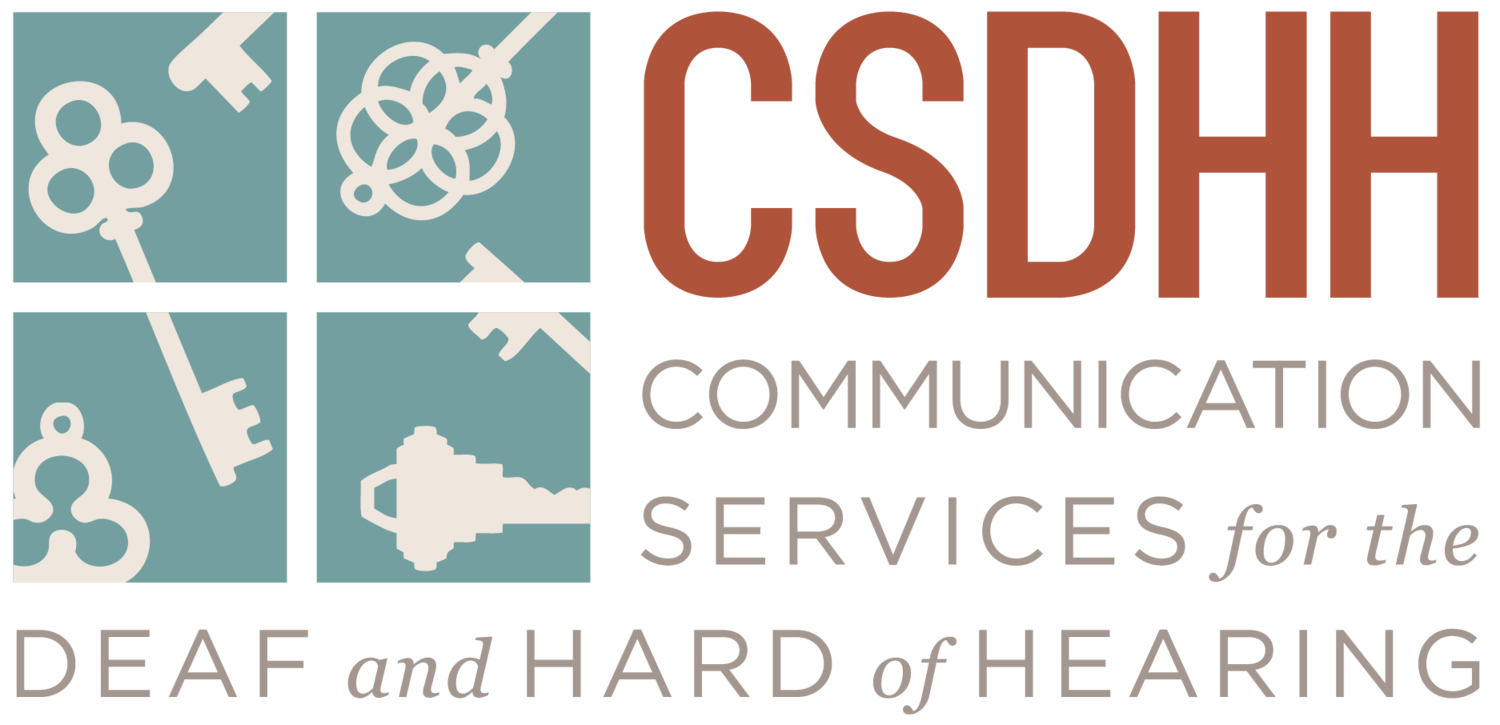Live Transcription Apps
Google Recently announced their Live Transcribe app, which is a new tool that Deaf and Hard of Hearing people can use in casual, everyday situations to access spoken communication.
This new beta app is rolling out gradually to Android users, so we wanted to spread the word on how it works, what it looks like, and some of the great ways it can be used.
To see what we think about this app and similar transcription apps, our perspective on potential uses and situations for which it would not be appropriate, and our general philosophy and position, see our Position Paper on Transcription Apps.
If you have any feedback on this page or the video, or have any suggestions or ideas of other things you’d like us to make a page like this about, let us know at our feedback form!
Note, this page was made when the app was first launched. Now that it’s out of beta, some of this information is slightly outdated; you can no temporarily save transcripts, and the app is more available on more Android devices now. See this page for Google’s more up-to-date information.
Photo by CSDHH
Real-time access to simple spoken communication
The Google Live Transcribe App is a pretty accurate way to see spoken communication in English text at basically real time. It works best when there is only one or just a few speakers, in a setting with low background noise and where everyone is close together. Since it doesn’t visually differentiate between who’s talking, it works best when there’s only going to be one or two people talking. We’ve also noticed that background noise can throw it off, and it doesn’t seem to include any environmental information (such as a phone ringing, people laughing or coughing, outside noises, etc.).
Casual situations that would normally not have communication access.
This app could be beneficial in those situations where there’s spoken communication that you’d need to access, but where you’re unlikely to have other accommodations or forms of communication access (such as interpreting or CART/captioning). You could use it to see what a waiter or cashier is saying at a restaurant or store, you could use it when visiting with a family member where communication has usually been a challenge, or any other casual situation.
Photo by Eliott Reyna on Unsplash
Photo by Monika Kozub on Unsplash
Situations where communication is mostly one-way.
The app does a good job of making spoken communication readable. However, for people who don’t use their voice, there’s no easy way for them to respond. The app does have the ability for the consumer to type a response and show the other person, but this interrupts the conversation flow and is slow and clunky. There is no text-to-speech function where it will read out the text. Therefore, this would be most beneficial in situations where you as the Deaf or Hard of Hearing consumer are receiving information but don’t need to respond too much.
This likely isn’t a replacement for higher-quality communication access.
This app is likely not going to be an equivalent replacement for situations needing high-quality, effective communication. Many things might impact the accuracy of the transcription, such as background noise, multiple speakers talking, back-and-forth conversations, non-standard accents or vocabulary, rooms with speakers spaced far apart, etc. Also, as this produces an English transcription, for many people this would still require them to access information in their second language. For high-impact, professional, sensitive, or important situations, we recommend this not be used as a replacement for the use of a qualified interpreter or captioner.
Overall, we think this tool could be a great benefit and Deaf and Hard of Hearing people could use it to have more agency and access in their everyday lives. However, we want to make sure people are aware of the limitations of any kind of similar technology, and want to make sure that Deaf and Hard of Hearing people don’t feel pressured to use this in a situation where it’s not an appropriate accommodation.
In testing the app so far, we have been impressed with the pace that it can keep up with, as well as its accuracy in correctly transcribing speech. Google developers worked with Gallaudet University to get feedback on this app during the development process in order to make sure it met the needs of Deaf and Hard of Hearing people and was something they could use, and we recognize and appreciate Google looking to Gallaudet for guidance and input on this.
The Live Transcribe app is Android-only, is still in beta, and is rolling out to Android users. It comes preinstalled on Pixel 3 devices, and for other Android users (running Lollipop or newer) it’s available on a limited beta in the Play Store.
Google has also announced a Sound Amplifier app as well, which helps people use their phone and wired headphones to amplify target sounds and filter out background noises in an environment, allowing people the ability to better access spoken and auditory information.
Check out the video below, which is made by Google, and which showcases their Live Transcribe app and some of the behind-the-scenes information. You can also read Google’s Blog post here announcing these two apps and read some articles about the apps to learn more.




